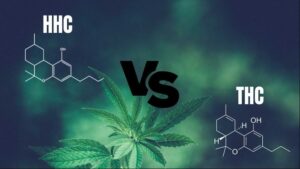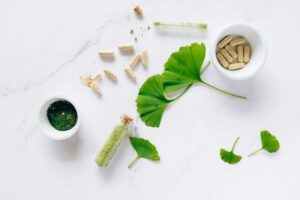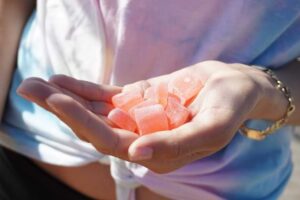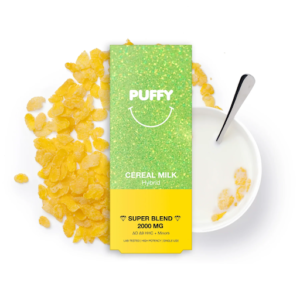
Vape cartridges are becoming increasingly popular with people who are just starting to use cannabis, and it’s easy to see why: they are portable and discreet. Usually, they don’t smell as strong as a flower. According to data from BDS Analytics, in the first four months of 2018, Californians spent $165 million on vape carts, Coloradans spent $62.4 million, and Oregonians spent $31 million. This makes 1010 cartridge vape the best-selling item in all three states. Given all the hype, let’s look at the cartridges and what’s inside them since the quality of products on the market varies greatly.
Cartridges
Even though there may be some exceptions, cartridges (the containers that hold the cannabis extracts) can usually be put into two groups: high quality and low quality.
Usually, low-quality cartridges:
- have O-rings that leak because they are cheap or don’t fit right;
- have wicks that are already wet and primed with glycerin or propylene glycol, which can make some people allergic.
If there is a return policy, customers will be more likely to send back low-quality cartridges, and customers frustrated by the poor experience will leave.
Most of the time, high-quality cartridges:
- are made of high-quality materials like metal, glass, and ceramic;
- have O-rings that are the right size; and
- have joints that are sealed to keep air from getting into the cartridge.
- Have a 1010 battery vape.
Choose your cartridges carefully, and always check to see how good they are. A cheap cartridge isn’t always better for your business and could signal to the customer that the contents aren’t very good either.
Contents
As people learn more about their options, they may start to look at the ingredients listed on your cartridges, just like they do with food ingredients. This could change how purchasing managers at dispensaries talk to you. Do you say that you use organic methods or that you don’t use chemicals? Do you have proof like certificates? Does your product have terpenes from cannabis, other sources, or artificial flavors? What method was used to separate the terpenes? If terpenes or flavors not made from cannabis were used, what were they, and where did they come from? You’re in trouble if you can’t answer a purchasing manager’s question about your product.
Here is a list of what is usually in a vape cartridge:
Cannabis-Derived Terpenes
Terpenes that come from cannabis. The products made with these terpenes are full-spectrum and have a high amount of monoterpenes that have not been oxidized or broken down by heat.
Steam-Distilled Terpenes
Many terpenes are lost in the water used to make steam, also called “pot water.” This water has a softer taste than terpenes that have been extracted without using heat.
Hydrosols
Hydrosols are made when steam or low heat is used to distill something. They are called “floral waters” or “essential oils,” and only a small amount of them contain real terpenes. Heat is used, which also breaks down the terpenes.
Terpenes That Don’t Come From Cannabis
Instead of cannabis, terpenes come straight from plant leaves, fruits, or other organic sources. You can’t get the smell or taste of the original plant or cultivar by using terpenes from plants that aren’t cannabis, but you can get something close.
Artificial Flavors
Most of the time, cannabis cartridges get their fake flavors from the e-cigarette industry. There are a lot of flavors, but some of them might not be safe (like diacetyl, which gives people “popcorn lung”).
With the help of this post, you know what is inside the 1010 cartridge vape and what type of different flavors you can enjoy with these vape pens.







